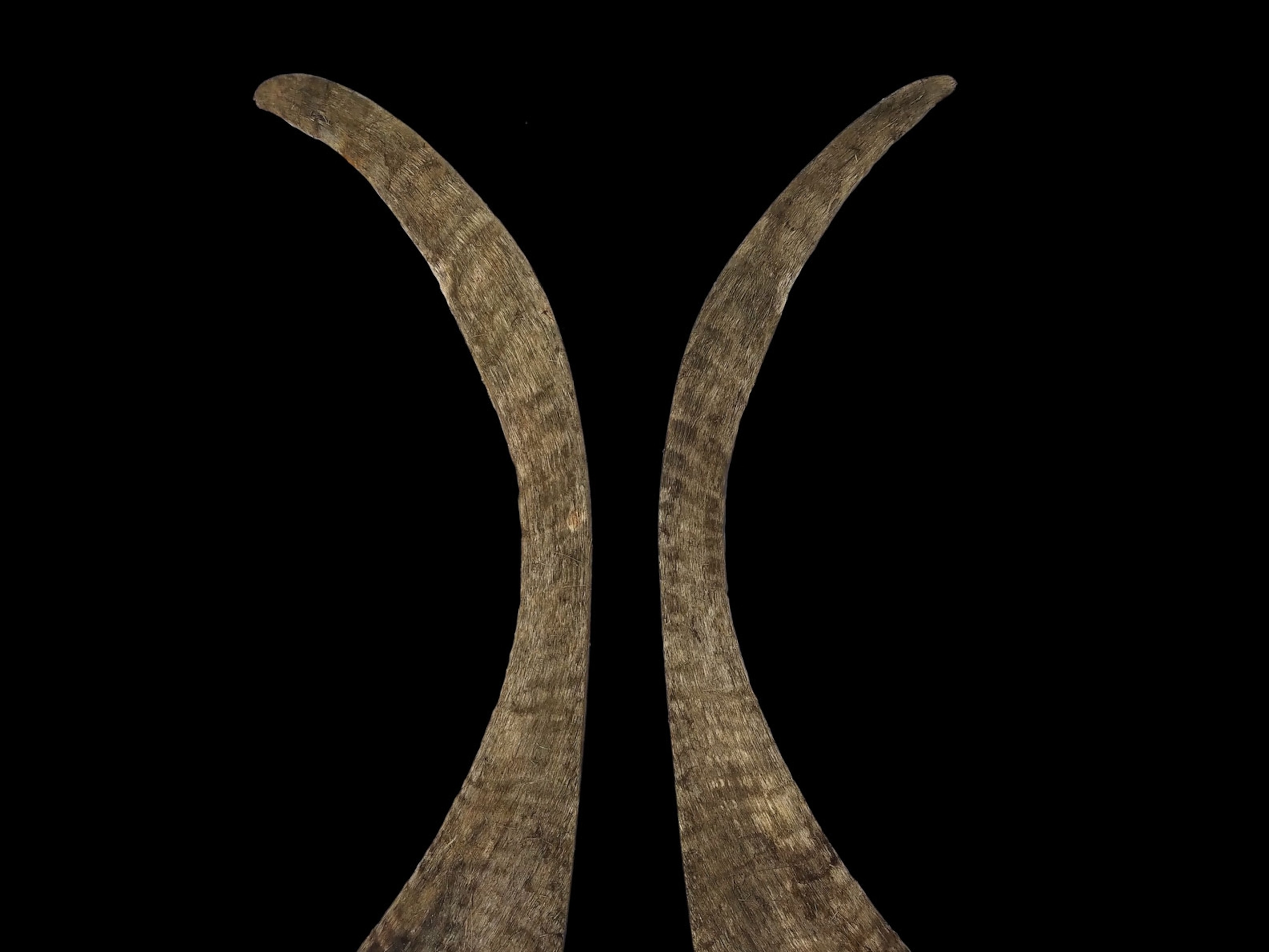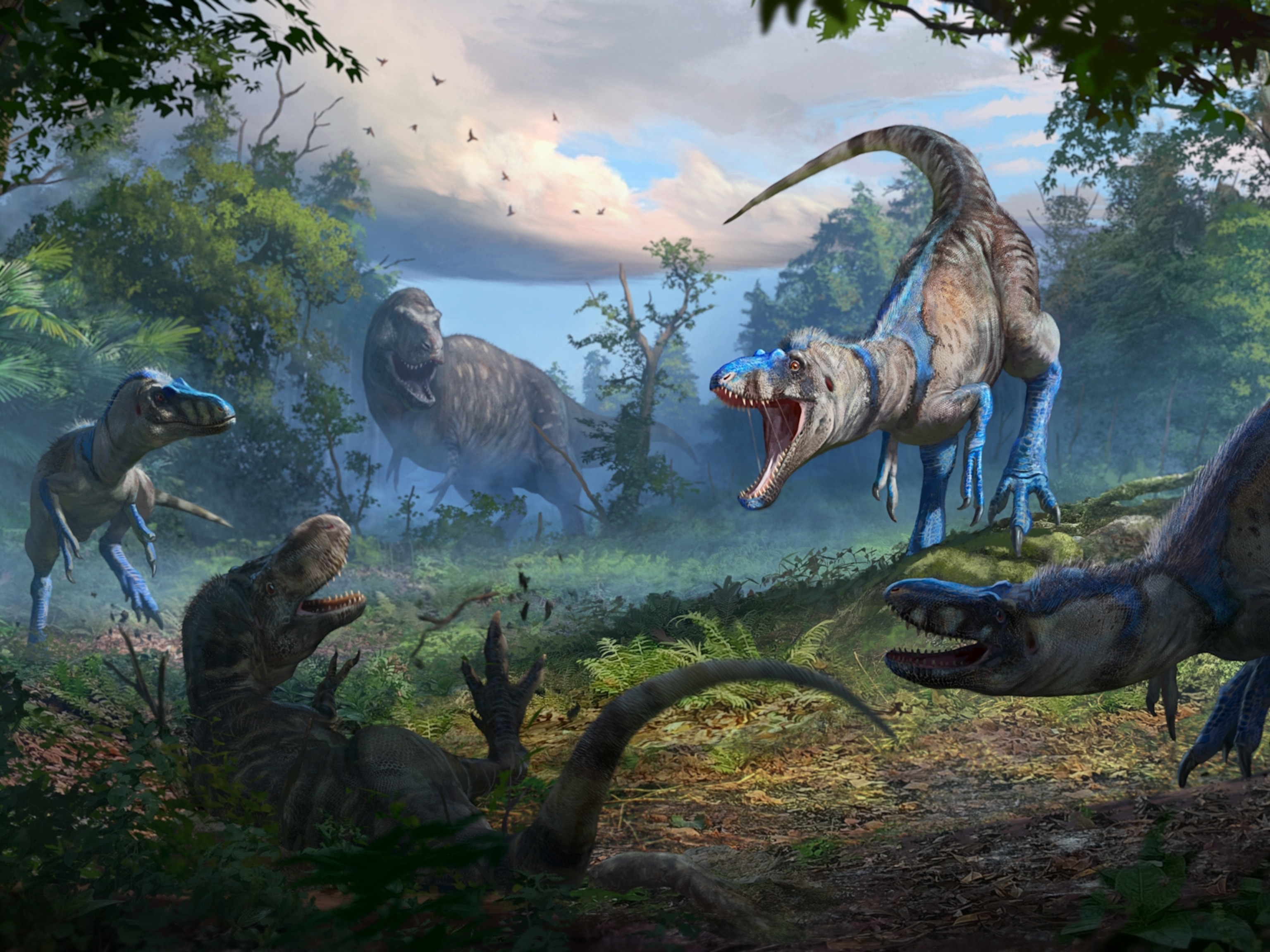
Oldest American Art Found on Mammoth Bone
Forensic tests confirm age of etched Ice Age bone.
The Americas' earliest known artist was an Ice Age hunter in what is now Florida, a new study confirms.
The carved bone, which depicts a walking mammoth, was found near Vero Beach in east-central Florida in 2006 or 2007. (See a map of the region.) Since its discovery, scientists have been working to determine the authenticity of the 13,000-year-old artifact. Now, several experiments reveal the etching is indeed ancient, scientists reported recently in the Journal of Archaeological Science.
"This is an incredibly exciting discovery," study co-author Dennis Stanford, an anthropologist at the Smithsonian's National Museum of Natural History, said in a statement.
"There are hundreds of depictions of proboscideans [the order of animals with trunks] on cave walls and carved into bones in Europe, but none from America—until now."
Since the carving does not really look like any of the mammoth incisings and cave art that come from Europe, "it could be the people were here doing their own art, and may have had a memory of art in the Old World," speculated study leader Barbara Purdy, a professor emerita at the University of Florida.
(See "Stone Age Art Caves May Have Been Concert Halls.")
Oldest American Art the Real Deal
When preliminary forensic tests on the bone began in 2009, Purdy "literally went on the assumption that [the carving] was a fake," she told National Geographic News at the time.
But these tests, and further analyses by the Smithsonian team, convinced Purdy that the etching was real.
"You always have some lingering doubt," she cautioned this week. "Since there's no way to get an actual date on the bone or actual incising, the only way we're going to really, really, really prove it's authentic is do some excavations and see if perhaps there are additional specimens."
(Read National Geographic magazine editor Chris Sloan's 2009 take on the newfound mammoth art: "Mammoth Art in America, or Mammoth Fraud?")
The team compared elements in the engraved bones with others from the site, which once hosted giant beasts and nomadic bands of Ice Age hunters.
The scientists also observed the etching via optical and electron microscopy, which revealed "no discontinuity in coloration between the carved grooves and the surrounding material," according to a statement. This suggests that both surfaces aged at the same time, and that the grooves were not made more recently with metal tools.
Scientists also determined the 15-inch-long (38-centimeter-long) bone fragment had belonged to one of three animals: a mammoth, a mastodon, or a giant sloth—all of which died out in the region at the end of the last ice age, between about 12,000 to 10,000 years ago.
(Related: "Climate Change, Then Humans, Drove Mammoths Extinct.")
Mammoth Bone Art "Belongs to the World"
In 2009, discoverer and local fossil hunter James Kennedy noticed the image only after dusting off the bone, which had sat under his sink for a few years.
"I had no idea it was this big of a fuss. [When I heard] there was nothing else like it in the Western Hemisphere, that's when my heart kind of stopped."
Purdy, the anthropologist, said, "This is the first glimpse of real art in the Western Hemisphere, and I think that's our starting point for something that might be found in the future if we start looking closely at these old bones."
She said she hopes that the bone—now locked in a safety deposit box with an uncertain fate—will end up in a museum.
"This goes beyond me and him," she said. "It belongs to the world."
For now, art and anthropology buffs can see a cast of the carved bone, now part of an exhibit at the Florida Museum of Natural History in Gainesville.




